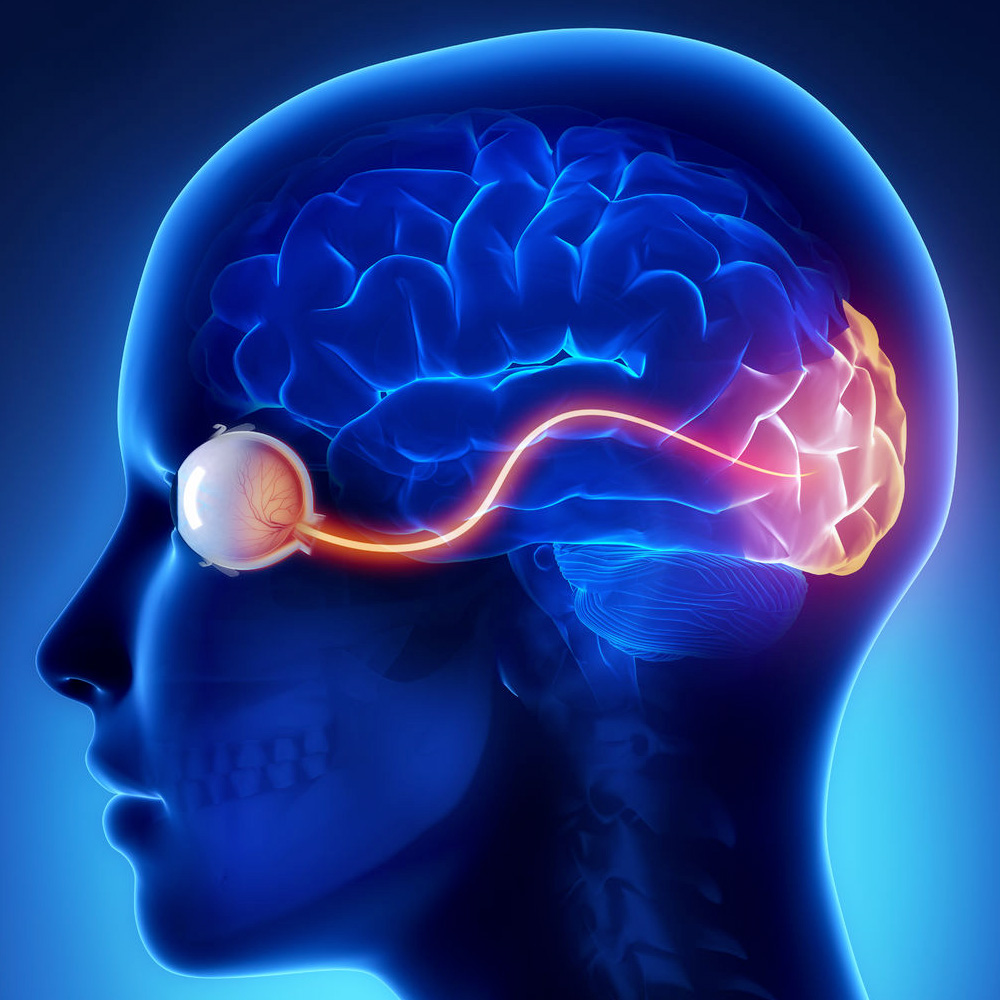Cerebral Palsy
Cerebral palsy is a condition that results from injuries or abnormalities of the brain, usually in the womb but occurring any time during 2 years after birth. It affects brain and nervous system functions such as thinking, seeing, hearing, learning and movement. Common causes are hypoxia (low oxygen levels), head injury, maternal infections such as rubella, brain bleeding, brain infection, and severe jaundice. Types of CP include: ataxic, hypotonic, spastic, dyskinetic, and mixed.
The adult stem cells used to treat cerebral palsy come from human umbilical cord tissue (allogeneic mesenchymal). Umbilical cords are donated by mothers after normal, healthy births. Before they are approved for treatment all umbilical cord-derived stem cells are screened for viruses and bacteria to International Blood Bank Standards.
Umbilical cord-derived stem cells allow our physicians to administer uniform doses and they do not require any stem cell collection from the patient, which, especially for children and their parents, can be an arduous process. Because they are collected right after (normal) birth, umbilical cord-derived cells are much more potent than their “older” counterparts like fat-derived cells for instance. Cord tissue-derived mesenchymal stem cells pose no rejection risk because the body does not recognise them as foreign. A recent study using umbilical cord tissue-derived mesenchymal stem cells to treat cerebral palsy found no serious adverse side effects. Improvements were observed, especially in functional scales except for the Tardieu Scale.
Through administration of mesenchymal stem cells, we have observed improvement in cerebral palsy patients.
Get in touch



